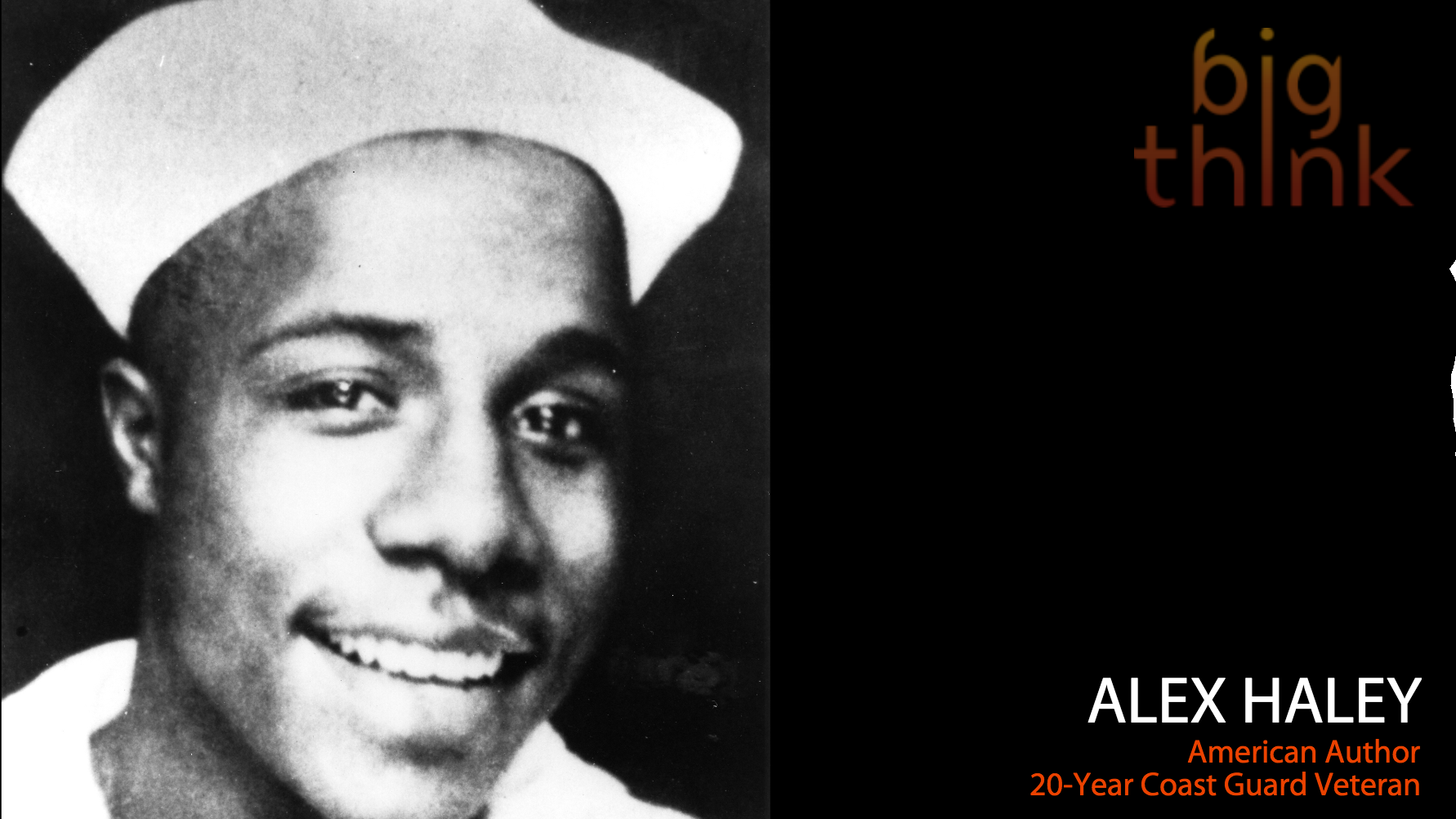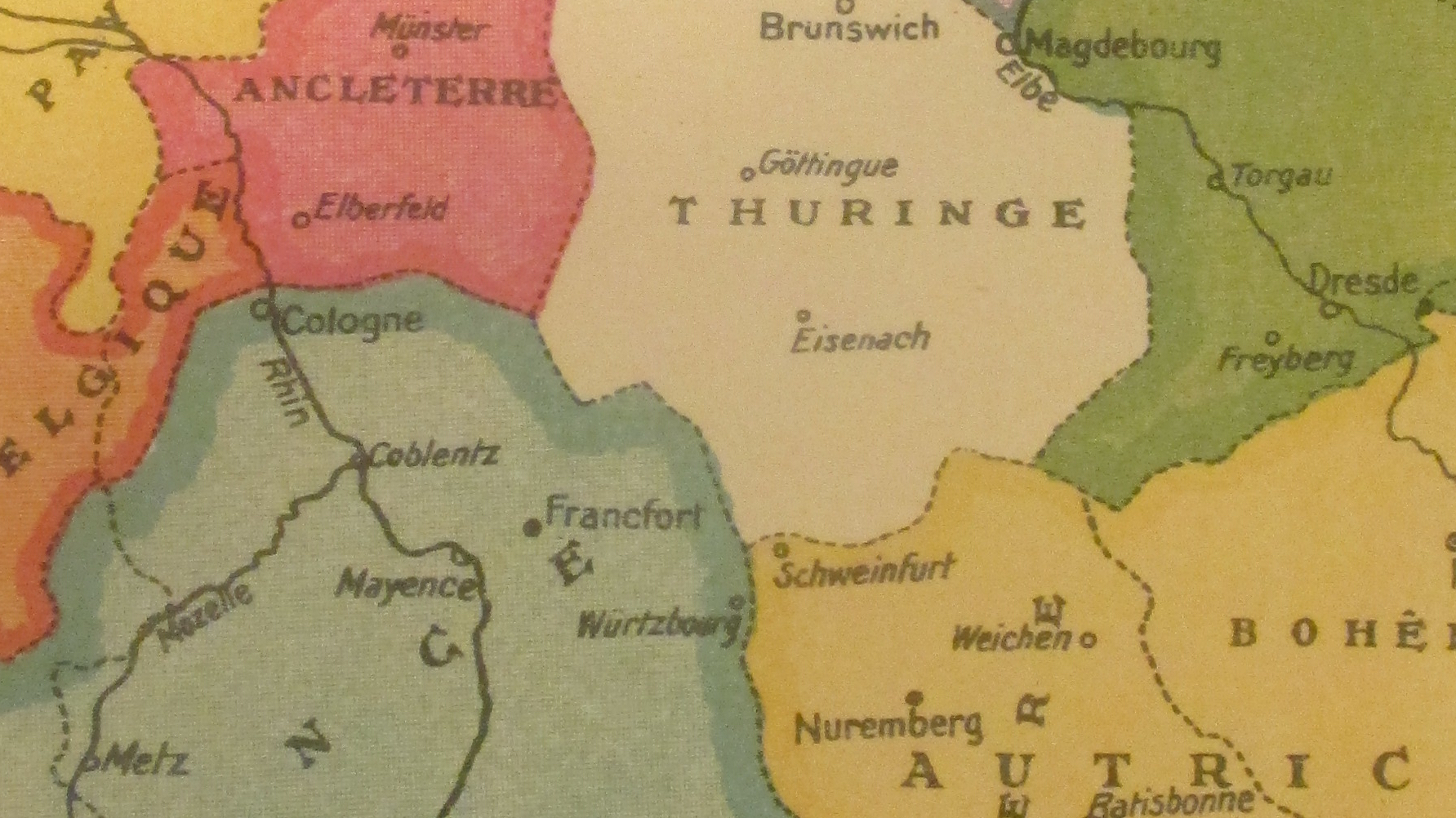American Thanksgiving is hardly the only holiday of its kind.
All Articles
There is a tiny, miniscule, itsy-bitsy minority of American families of which every member of the group enjoys a contentious debate at the Thanksgiving table. Chances are that your family isn’t one of them, so instead of being a loudmouth try to talk about more neutral subjects.
As children, many of us read in our U.S. history classes about the “great compromiser,” Henry Clay, congressman and secretary of state under John Quincy Adams. Clay argued effectively for […]
The way the Universe has unfolded, to bring us about in this moment, has been remarkable. Be thankful for it all. “We live in an atmosphere of shame. We are […]
The freedom associated with monetary gain is offset by other demands that the educated bear disproportionately: demanding professional lives, long work hours, and family matters.
Wearables are underutilized. These fitness devices have the means to prevent illness before it starts by notifying doctors when a patient isn’t practicing a healthy regimen.
We often can’t rely on ourselves to act rationally (or prudently). We know this, but influential social science models have a bad habit of ignoring it. We evolved to frequently act without “deciding.” We are habit-formers and habit-farmers.
Thinking about eating less could help us be healthier, create a more sustainable environment, and reduce animal cruelty. Smaller portions can go a long way.
People with extremely sunny attitudes find it difficult to empathize with people who are recounting a negative experience, according to a study recently published at PLOS ONE.
It’s the day after Thanksgiving, and soon enough Christmas trees, menorahs, Kwanzaa candelabras and nativity scenes will be dotting public buildings and squares in cities and towns across the United […]
Because the tone of a conversation affects how we react, and because physical cues help set tone, emoticons are much more than cute or trite.
And how, if we manage to harness it on Earth, it could be the most accurate probe in all of scientific history. “We… are what happens when a primordial mixture […]
The Twitter discussion about Ferguson is as polarized and entrenched as the online discussion of Israel and Palestine, according to statistician Emma Pierson.
Food writer Michael Pollan explains how the history of barbecue in America is one that includes all kinds of people working together in an integrated effort to produce the best possible meal.
Raising the minimum wage is presented as a solution to wealth inequality but in states that have raised the minimum wage, reality is complex.
“I believe in democracy, but in real democracy, not a phony democracy in which just powerful people can speak. For me, in a democracy everyone speaks.”
“The only way I can pay back for what fate and society have handed me is to try, in minor totally useless ways, to make an angry sound against injustice.”
On October 3, 1948, at 3:50 pm, Peter Blume finished his epic painting, years in the making, titled The Rock (shown above). “After a turbulent decade in which Peter Blume embarked on false starts, endured debilitating anxiety, experienced self-doubt, and found his faith in the creative process renewed,” Robert Cozzolino writes in the catalog to the new exhibition Peter Blume: Nature and Metamorphosis, finishing The Rock must have been a great relief. Blume recorded that date and time the way many record the birth of their children, for The Rock was his precious baby, but completing it marked a rebirth of sorts for Blume as a different kind of artist. Shaped by political and artistic currents of the first half of the 20th century, Blume emerges as a difficult to categorize artist, but also as a fascinating visionary who struggled to paint a personal reality clinging to the foundation of hope.
Airlines have a contradictory purpose: they want to fill as many seats as possible to make the operating costs of each flight as low as possible, but they also depend on ticket sales to make profit.
Food is at the center of many American holidays. And changes to the climate pattern will affect where and how food is grown.
Serious, long-term stress can have dire consequences for your brain. That’s because the immune system and the brain are intimately related.
How new developments in measuring the highest-energy particles and earliest signals from the Universe are teaching us what all this is. Big questions in the field of Cosmology are often […]
Having job authority—the ability to hire, fire, and determine salaries—relieves men of symptoms of depression while worsening those symptoms in women.
While presenting one of the awards at the second edition of the Breakthrough Prize in Life Sciences, Kate Beckinsale joked: “At Hollywood awards shows, when we sit back at the […]
“It is better to be a human being dissatisfied than a pig satisfied, better to be Socrates dissatisfied than a fool satisfied,” said John Stuart Mill.
“You don’t spend twenty years of your life in the service and not have a warm, nostalgic feeling left in you … It’s a small service, and there’s a lot of esprit de corps.”
While companies tend to wait until week’s end to announce bad news, doing so opens them up to scrutiny.
Barbara Corcoran: Build a Powerful Brand Barbara Corcoran learned early the value of building a powerful brand. In this lesson she teaches you shortcuts for standing out amidst the noise […]
The threat of territorial annihilation as a perverse incentive for the home front – on both sides
War, smoking, and obesity are straining the world’s economy, but there’s concern among researchers that obesity is most on the rise. If there’s not an action plan put in place, societies may be feeling the strain on more than just health-care costs.
























